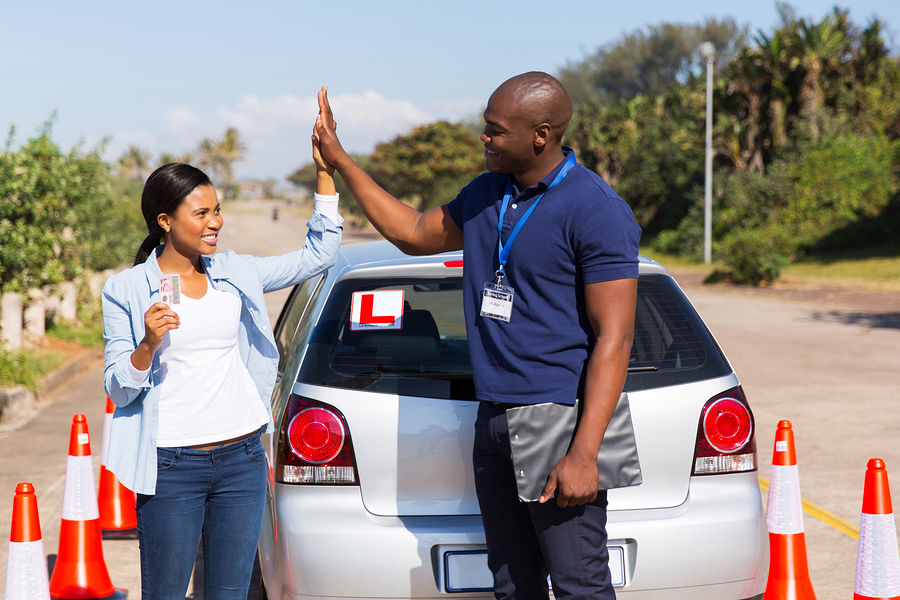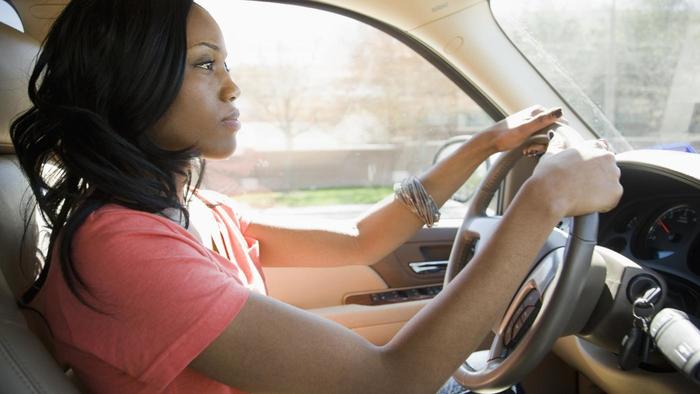A driving licence is an essential component of any auto owner’s life: without a licence driving your favourite car legally is impossible. This is why getting the licence is an important step for anyone who wants to be driving their own car. However, many beginners feel intimidated by the large number of rules and guidelines to follow in order to pass the test and obtain a licence. With our tips you will effortlessly pass your driving test and will get your licence in no time, which means you can already start choosing your first car!
Don’t rush to pass the test
Since we all have different learning and driving abilities, it may take us a different time to master the art of driving. Even if you feel like you know everything, we recommend taking your time with training and making sure you’re ready for the test. On average it takes a person from 40 to 50 hours to be prepared for the test, but if you feel you need more than that, don’t hesitate and take as much as you need, because if you rush when you’re not ready yet, it can result in all kinds of unwanted consequences.
Practice outside of the class
Driving lessons are a great way to learn the basics of driving, but they can be quite costly and time-consuming. Instead you can go to driving classes for the information and tips, and practice them in your own time. The ideal situation is to practice in the same car you’re planning to drive after you get the licence, and to have an experienced driver in the car with you at all times. It’s necessary to have your car insured in case you get into a road accident.
Work on the manoeuvres
If all you had to do is drive along a straight line, driving would be a super easy task. However, daily driving includes a number of manoeuvres, like U-turns, reversing, parallel parking, and other complicated techniques. There is no way to master these techniques without hours of practice outside of your driving lessons, and make sure to switch locations, because you never know the conditions of your final exam and need to be prepared for everything.
Get the rest of the tips on page 2
Drive in different terrains and weather conditions
What you need to realize is that it is hardly unlikely that you will drive in ideal conditions: on a sunny day, on a straight clean road, with no rain or mud in sight. For this reason it’s important to practice under all possible conditions: during rain, heat wave, windy days, on hilly roads, on the grass, on muddy roads, etc. Only when you’re feeling comfortable enough on every terrain, you can move on to your exam – whatever happens on the day of your test, you’re going to be ready for it.
Choose the time for your test
A lot of driving school students don’t even think about when they’re going to take the test, but it’s a rather serious mistake. If you choose the time during rush hour, you can feel frustrated or even scared by the amount of traffic on the road, especially if you don’t have any experience with driving in traffic. This is why, if you’re given the chance to choose your exam time, go for late mornings and early afternoons – these are usually the quietest hours on the road, compared to early mornings and evenings.
Get a good sleep
This is a tip that works for any test, not just driving one – there is no point in stressing over an exam and spending a sleepless night because you’re too worried to fall asleep. If you come to your exam feeling exhausted, it’s not going to positively influence your driving technique and your grade; instead you risk making even more mistakes than you normally would. However, if you’re well-rested and relaxed, you’ll feel more confident and will drive much better.
Stay calm and don’t panic
One of the characteristics of a good driver is how good he is at excelling at difficult driving situations. Don’t immediately think you’re going to make a mistake and fail the test – instead you should think about coming out of the unexpected situation safely and calmly. Mistakes are unavoidable, but they are not all you should think about.

















